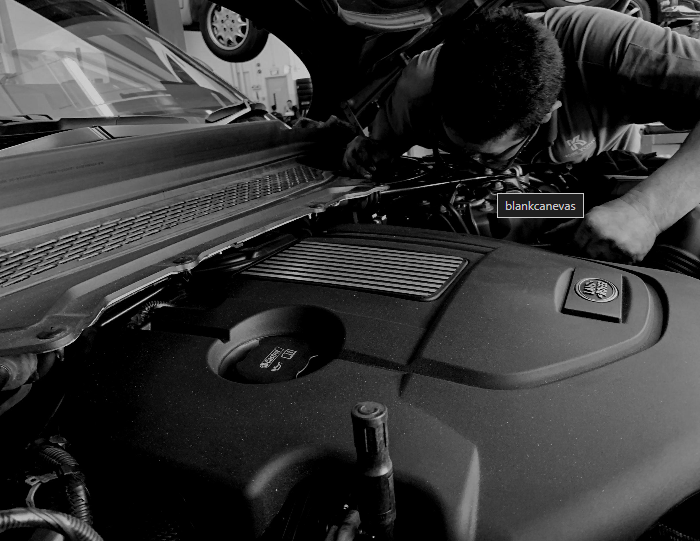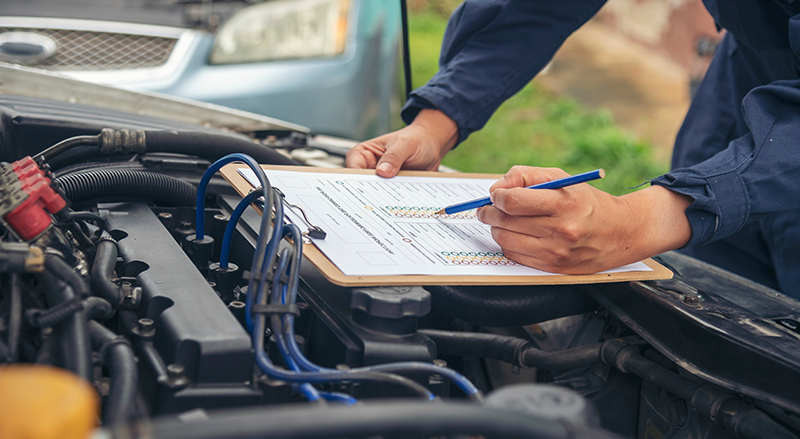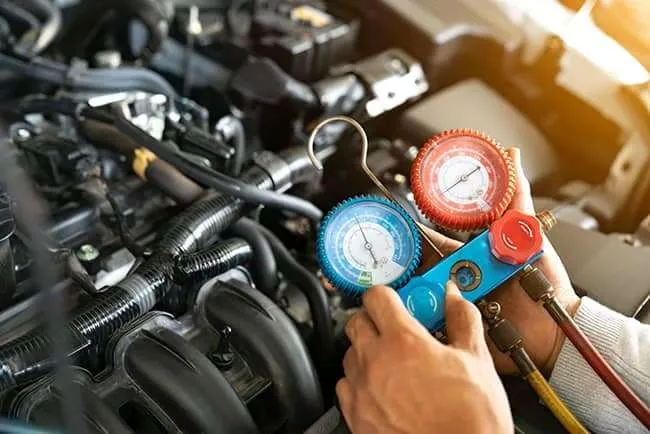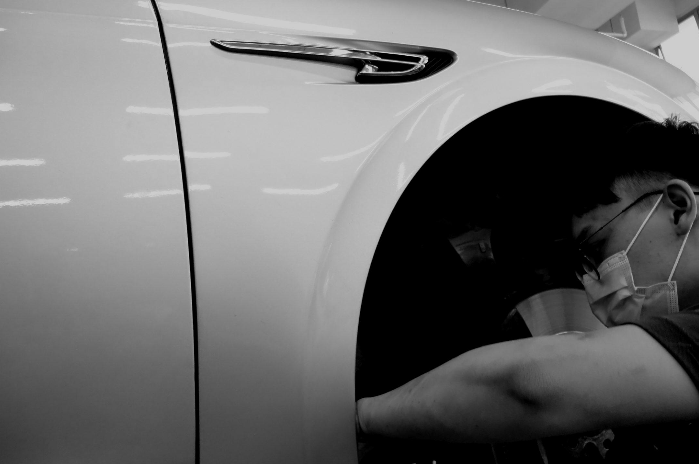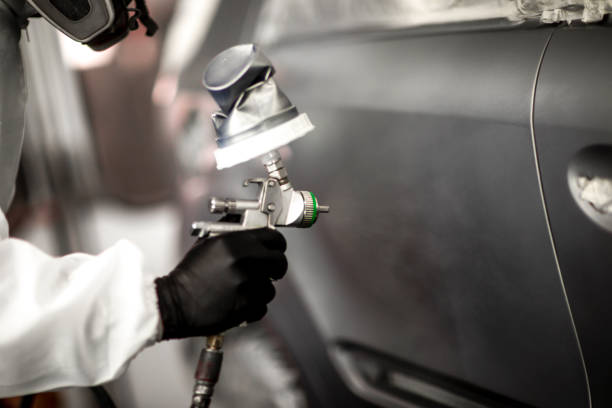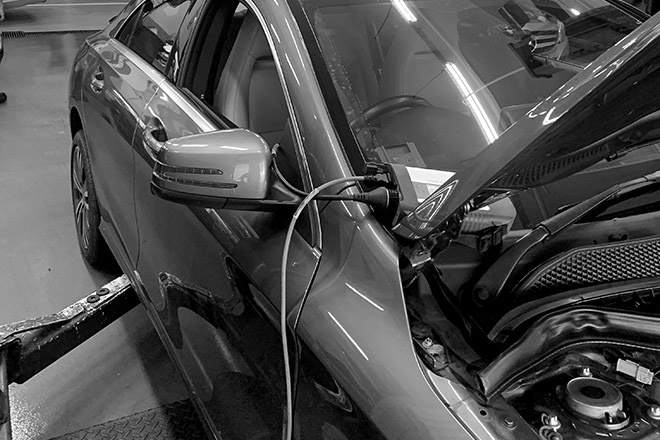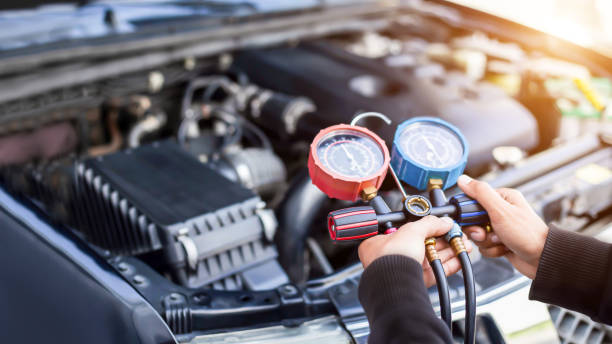Auto repair methods have traditionally relied on processes that are not environmentally friendly, often involving chemicals, paint, and energy-intensive techniques. This approach has contributed to pollution and waste generation, raising concerns among environmentally conscious car owners. Paintless dent removal, a revolutionary repair technique, offers an eco-friendly alternative. It has quickly gained recognition for its ability to restore vehicles without the environmental footprint associated with traditional methods.
In this blog, we’ll explore how paintless dent removal plays a pivotal role in eco-friendly auto repairs and why it’s becoming the preferred choice for sustainable car maintenance.
Understanding Paintless Dent Removal (PDR)
Paintless dent removal is a non-invasive method of repairing dents, dings, and creases on a vehicle’s surface. Instead of using fillers, sanding, or repainting, skilled technicians use specialised tools to gently massage the metal back into its original shape. This technique works best for minor dents caused by hailstorms, parking lot mishaps, or light collisions.
Unlike conventional methods that require repainting and extensive labour, paintless dent removal is faster, cleaner, and more efficient. It preserves the original paint and structural integrity of the car, making it a superior choice for both car owners and the environment.
Environmental Benefits of PDR
Reduced Waste: Traditional dent repairs generate significant waste, including sandpaper, paint containers, and filler materials. With paintless dent removal, there’s no waste as the original paint and materials are retained.
Minimised Chemical Use: Traditional repairs involve paints, primers, and solvents that release harmful volatile organic compounds (VOCs) into the atmosphere. In contrast, paintless dent removal avoids these chemicals altogether, making it a greener option for auto repairs.
Lower Energy Consumption: Conventional repair methods often involve energy-intensive processes like paint drying or curing in high-temperature booths. Paintless dent removal, on the other hand, relies on manual techniques, drastically reducing energy usage and carbon emissions.
Cost-Effectiveness and Efficiency
One of the standout advantages of paintless dent removal is its cost-effectiveness. Traditional methods involve purchasing paints, fillers, and other materials, as well as requiring extensive labour hours. In contrast, PDR eliminates these expenses, resulting in lower costs for both repair shops and customers.
Additionally, the efficiency of paintless dent removal is unparalleled. Repairs that would traditionally take days can now be completed within hours, saving time for car owners. This quick turnaround not only benefits the consumer but also reduces the energy consumption associated with prolonged repairs, contributing to eco-friendly auto practices.
Contribution to Sustainable Auto Repair Practices
As the automotive industry shifts towards sustainability, paintless dent removal has emerged as a cornerstone of green auto repair practices. By reducing waste, minimising chemical usage, and conserving energy, PDR aligns perfectly with the goals of sustainable development.
Auto repair shops that adopt paintless dent removal can enhance their eco-friendly credentials, attract environmentally conscious customers, and even work towards obtaining green certifications. This repair technique represents a significant step toward a cleaner, greener future for the automotive industry.
Consumer Awareness and Demand for Green Solutions
Consumers today are more aware of their environmental impact and increasingly seek eco-friendly solutions. Paintless dent removal is a perfect fit for these demands, offering a sustainable option for maintaining vehicle aesthetics without harming the environment.
For car owners, choosing paintless dent removal is a way to align their values with their actions. It’s essential to look for PDR-certified professionals who prioritise sustainability and have the expertise to perform this technique effectively.
Challenges and Future Potential of PDR
While paintless dent removal is an excellent solution for minor and medium dents, it has limitations when it comes to severe damages or areas with chipped paint. However, ongoing innovations in tools and techniques are expanding the scope of PDR, making it increasingly versatile.
The future of paintless dent removal looks promising as more repair shops invest in advanced training and equipment. With its eco-friendly benefits and growing adoption, PDR has the potential to become the standard in auto repairs worldwide.
Takeaway
Paintless dent removal is more than just a repair technique; it’s a step toward sustainable auto repairs that benefit both the environment and consumers. By reducing waste, minimising chemical use, and conserving energy, PDR offers a green alternative to traditional methods.
For car owners, opting for paintless dent removal ensures not only a cost-effective and efficient solution but also a commitment to eco-conscious living. As the automotive repair industry continues to evolve, embracing techniques like PDR will pave the way for a greener, more sustainable future.

